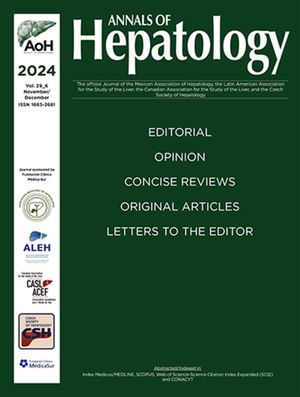
Abstracts of the 2022 Annual Meeting of the ALEH
More infoThe detection of HCV genotypes and mutations are important issues in studying the molecular epidemiology of hepatitis C and investigate possible antiviral resistance. Individuals in poverty conditions could be more exposed to viral infections, such as hepatitis C or HIV. In these situations, there is a lack of infrastructure to obtain blood samples obtained by venopuncture. So, alternative samples such as dried blood spot (DBS) could increase access to HCV diagnosis and help these individuals to reach the treatment. This study aimed to evaluate the utility of DBS samples for HCV genotyping in HIV/HCV individuals to increase access to diagnosis in this population.
Materials and MethodsA total of 17 HIV/HCV individuals were recruited from Ambulatories of hepatology in Rio Janeiro. Those individuals donated serum and DBS samples that were submitted to RNA extraction using commercial kits based on silica column. RNA was used to reverse transcription followed by qualitative PCR that amplified NS5B and CORE regions. Positive samples were submitted to Sanger sequencing and sequences obtained were used to constructed phylogenetic tree using the MEGA X software.
ResultsIn this study, 58% were men and the mean age was 52 years. Serum HCV mean viral load was 4.61 log (± 1.52) IU/mL. The 17 paired serum and DBS samples had concordant results in the CORE region. Among these, six concordant in the NS5B region between serum and DBS, all of genotype 1, and two discordant samples between genotypes 1a and 1b. Regarding the HCV region, five modified L91M, two of them also changed R70Q.
ConclusionsAt this first moment, the result is that DBS can be used to determine the first HCV also in HIV-HCV. Which would be very important in regions with low infrastructure for molecular epidemiology estimates.
FundingFAPERJ









